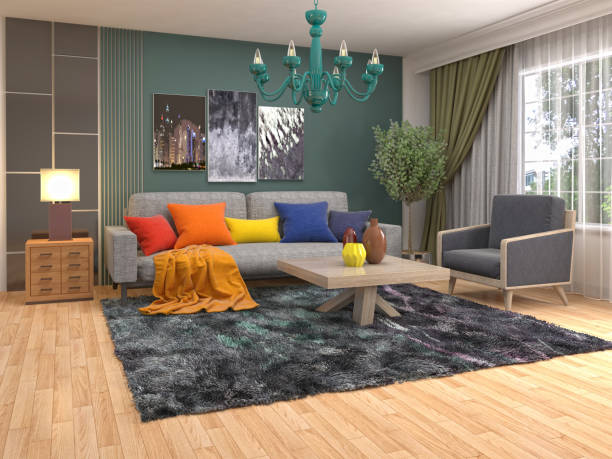You may have noticed that you feel calmer and more relaxed when you enter a room. Or perhaps you are energized and motivated. You might be surprised to find out that colors can have a significant impact on how you feel and even your behavior.
Colors are emotional messengers that orchestrate the atmosphere and tone of any space. Understanding color psychology can help you design a space that reflects and enhances your personality.
The Emotional Effect of Color
Warm Embrace
This bold color is associated with energy, passion, and excitement. This color can create an exciting atmosphere in areas like dining rooms and living rooms. Use red sparingly, as too much can be overwhelming.
Orange: This vibrant color is associated with happiness, warmth, and creativity. This rich color is perfect for adding energy to any room.
Yellow This vibrant color is associated with optimism, joy, and energy. It is a great color for creating a welcoming and upbeat environment in areas like kitchens and entranceways.
Relaxation infusion
Blue This soothing color is associated with peace, tranquility, and relaxation. This color is popular in bedrooms and bathrooms where you are trying to create a calm atmosphere.
Green This color is versatile and associated with nature, growth, and renewal. You can use it to create a refreshing and relaxing environment in any room.
Purple This sophisticated color is associated with creativity, luxury, and wisdom. This color is perfect for adding elegance and drama to any room.
Versatile Elegance
White The classic color of white is associated with cleanliness, purity, and simplicity. This color is perfect for creating an airy and bright feeling in any room.
Black This dark color is associated with sophistication, power, and mystery. You can use it to add drama and intrigue in any room.
Gray: This versatile color is associated with neutrality, calmness, and balance. Gray can create a calming atmosphere in a variety of spaces.
Strategic Color Placement
Room Dynamics – Consider the purpose of each room when choosing colors. You might decide to use soothing colors, such as blue and green, for your bedroom while choosing more energetic colors, like red and orange, for your living room.
Vivid Reflexions -Your house should reflect your personality. “Embrace colors that reflect your happiness, and create a space that reflects that unique feeling of joy.”
Explore and Innovate – When it comes to color, there are no rules. Discover the perfect color combinations for your style by experimenting.
Conclusion
Color can be used to create moods and atmospheres at home. Understanding the psychology behind color will help you choose colors that make you feel good. Don’t be afraid to experiment with colors! You will be pleasantly surprised by the positive impact of color on your life.

